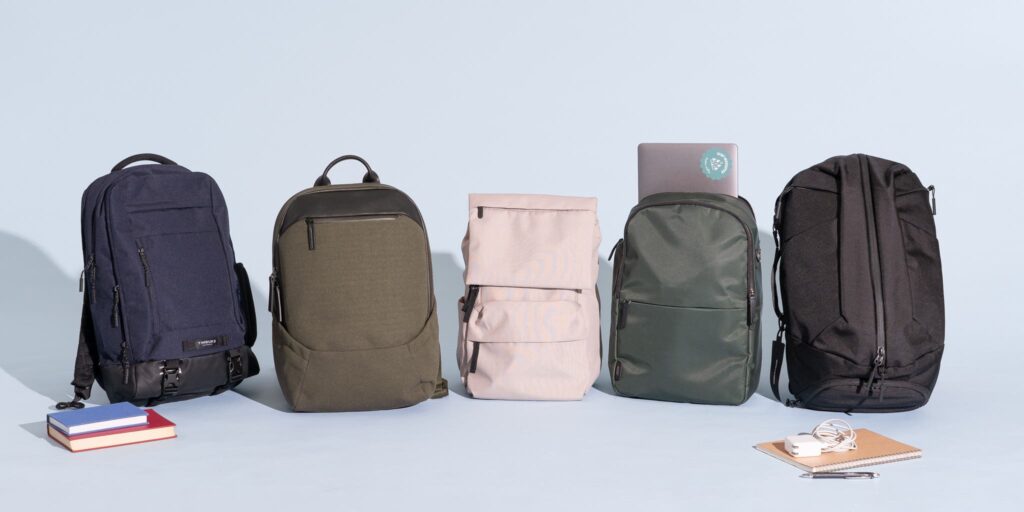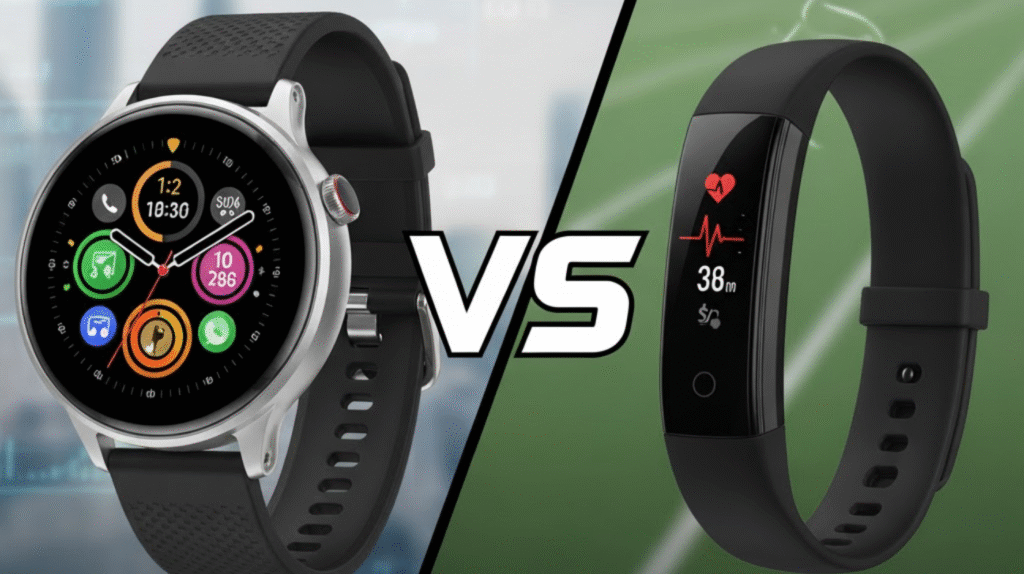The modern professional’s daily commute demands carrying solutions that protect valuable technology while projecting appropriate workplace aesthetics. Recent surveys indicate that 78% of business professionals now regularly transport laptops between work and home, creating unprecedented demand for specialized carrying systems. Selecting best laptop backpacks for work requires navigating complex considerations beyond basic laptop compatibility—including ergonomic design, organizational architecture, material durability, and professional appearance appropriate for various workplace environments. This comprehensive guide examines the critical factors that distinguish truly exceptional work backpacks from merely adequate options, providing research-based insights to help you identify solutions that genuinely enhance your daily commuting experience while protecting valuable technology investments.
Material Selection Considerations
Exterior fabric choice dramatically impacts both durability and professional appearance. Ballistic nylon (typically 1050-1680 denier) offers exceptional abrasion resistance with laboratory testing showing it withstands over 25,000 abrasion cycles before showing visible wear. This virtually indestructible material maintains professional appearance significantly longer than cheaper polyester alternatives that typically show wear after 5,000-7,000 cycles.
Water resistance requires examining both material and construction methods. Quality backpacks feature either inherently water-resistant materials (like TPU-coated fabrics) or traditional fabrics with durable water repellent (DWR) treatments achieving minimum 80/20 ratings, indicating they resist water penetration during 80 minutes of continuous light rain exposure. More critical than the exterior fabric, however, is construction technique—specifically taped or welded seams that prevent water intrusion at stitch lines where traditional bags typically fail first.
Interior lining materials serve both protective and cleaning functions. Microfiber linings (typically 220-350 gsm weight) provide superior scratch protection for electronics while facilitating easier cleaning compared to traditional nylon linings. Premium backpacks increasingly feature antimicrobial treatments on interior fabrics, reducing bacterial growth by up to 99.9% according to laboratory testing—particularly valuable for bags used daily without frequent cleaning.
Ergonomic Design Elements
Weight distribution systems significantly impact comfort during extended carry periods. Advanced harness designs incorporate load lifter straps that adjust the bag’s center of gravity closer to the wearer’s back, reducing perceived weight by approximately 15-20% according to biomechanical load testing. This seemingly minor adjustment dramatically improves comfort during commutes exceeding 30 minutes.
Back panel architecture deserves particular attention for warm-weather commuters. Traditional foam panels create significant heat buildup, raising skin temperature by approximately 6-8°F during 20-minute walking periods. Modern suspension systems utilizing tensioned mesh maintain minimum 1.5-inch separation between the bag and wearer’s back, allowing airflow that reduces temperature increase to just 2-3°F under identical conditions—dramatically improving comfort in professional settings where perspiration presents image concerns.
Strap design impacts both comfort and professional appearance. Wider straps (minimum 2.5 inches) distribute weight more effectively but can appear bulky over business attire. Leading manufacturers address this conflict through contoured designs that maintain width across shoulder contact points while tapering to narrower profiles at visible sections. This design approach reduces pressure points while maintaining appropriately streamlined appearance for professional environments.
Technology Protection Architecture
Laptop compartment suspension systems provide dramatically improved impact protection compared to simple padded sleeves. Advanced designs incorporate floating compartment construction that maintains minimum 1-inch clearance between the laptop and backpack bottom. Drop testing demonstrates these systems reduce impact force by 65-80% during 3-foot drops compared to traditional bottom-padded designs.
Device organization extends beyond simple laptop protection. Quality work backpacks feature dedicated tablet compartments with separate suspension systems rather than relying on the laptop compartment for multiple devices. This separation prevents device-to-device contact damage while enabling easier access without disturbing other equipment.
Cable management systems distinguish truly functional designs from basic carriers. Integrated cord pass-throughs connecting dedicated power bank pockets to device compartments enable charging while devices remain secured in their protective sections. More advanced systems incorporate magnetic cable captures that prevent connectors from falling into the bag’s interior when devices are removed—a seemingly minor feature that saves significant frustration during typical workday use.






